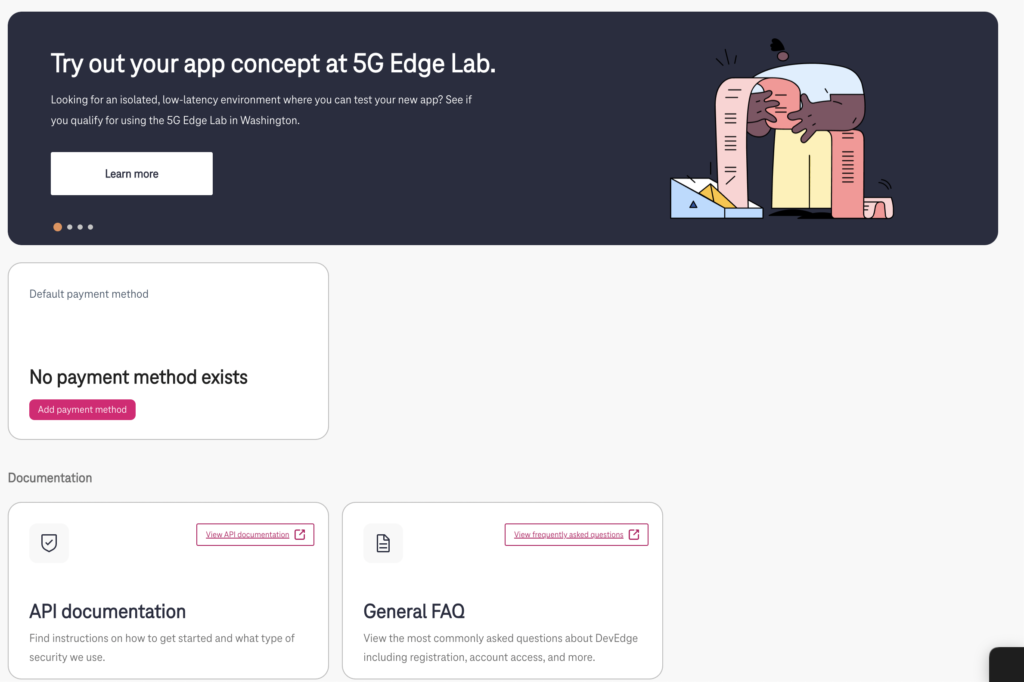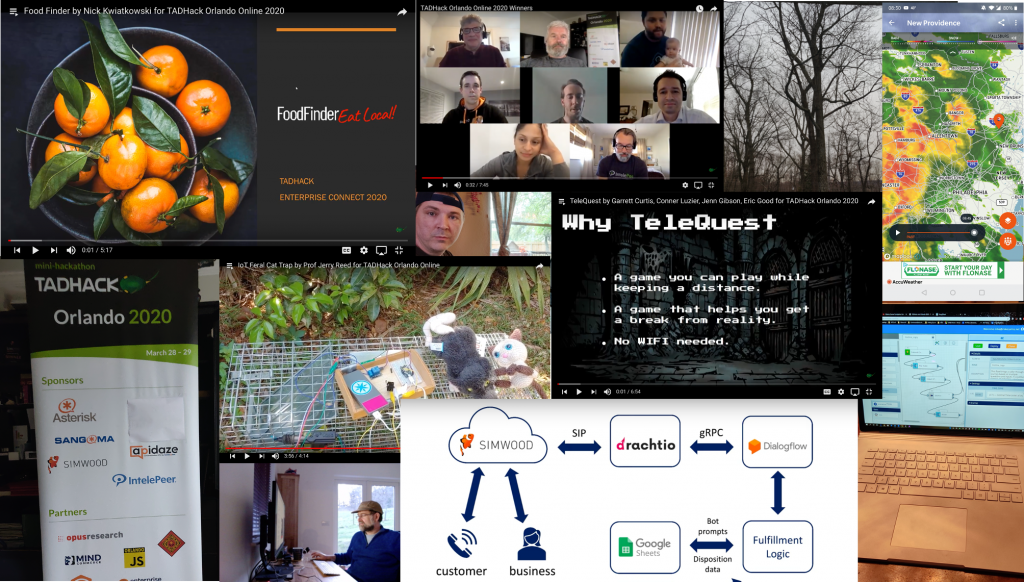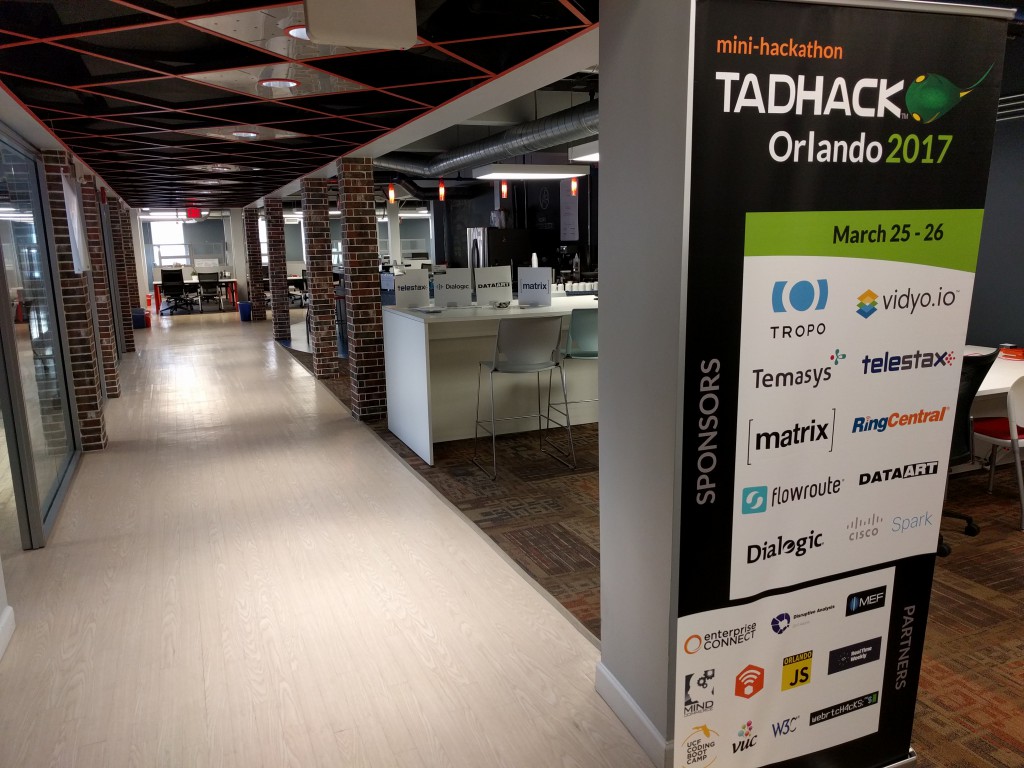The purpose of this CXTech Week 13 2022 newsletter is to highlight, with commentary, some of the news stories in CXTech this week. What is CXTech? The C stands for Connectivity, Communications, Collaboration, Conversation, Customer; X for Experience because that’s what matters; and Tech because the focus is enablers.
You can sign up here to receive the CXTech News and Analysis by email. Please forward this on if you think someone should join the list. And please let me know any CXTech news I should include.
Covered this week:
- Digital Markets Act FAQ
- DEVEDGE launched by TMO
- Sangoma buys NetFortris (Fonality) for $68-80M (earn-out)
- HP Buys Poly for $3.3B
- BT Went too Early on Digital Voice. Wait, What! Too Early?
- March RTCSec newsletter – highly recommend
- What’s Simon Woodhead getting up to?
- Simwood Direct in the USA
- After 20+ Years, 2 Lucent-derived brands Cross-Sell, Avaya and Alcatel Lucent Enterprise
- 2 years ago today our first pandemic TADHack-mini Orlando
- 5 years ago we had our first TADHack-mini Orlando
- People, Gossip, and Frivolous Stuff
Digital Markets Act FAQ
Quite a few people have been getting their ‘knickers in a twist‘ about the Digital Markets Act. Matthew Hodgson from Matrix put together a matter of fact FAQ. Which for anyone who’s been following Matrix over the years will find obvious, it’s all about the bridges.
The upside of the DMA is that the user has the freedom to use an infinite number of services (bots, virtual assistants, CRMs, translation services, etc) as well as speak to any other user in the world, regardless what platform they use.
It also puts much-needed pressure on the gatekeepers to innovate and differentiate rather than rely on their network effects to attract new users – creating a much more vibrant, open, competitive marketplace for users.
Matrix also have a nice review on “What’s driven the DMA?“.
DEVEDGE launched by TMO
TMO announced DEVEDGE, their dev community. There’s no social sign-up, so yet another dev account. Plus as I’ve signed up to TMO as a customer, through support, and perhap something else in the past; when I used several emails it told me I already had an account, but none of the passwords worked for those emails. So yet another email for yet another dev account.
Its bare bones at the moment, see below, definitely not dev-first design. For that I recommend copying Twilio or Symbl.ai. The summer is when they’ll be announcing more resources. Currently there’s 4 resources:
- The 5G Edge Lab, located in the Seattle, Washington area. There’s a questionnaire to see if you can qualify to experiment there.
- Join a waitlist for their CAT-M 5G IoT dev kit <done>. It’s a give away for the first 1,000 to sign up.
- Fraud prevention API
- Business Call ID

Sangoma buys NetFortris (Fonality) for $68-(80M with earn-out)
NetFortris (Fonality) provides UCaaS solutions for businesses. They have approximately 250 employees and four primary offices in Dallas, Seattle, Los Angeles, and Manila. In addition to NetFortris’ UCaaS offering, their MSP product line includes managed network security, managed SD-WAN, managed network access, monitoring, etc.
NetFortris has over 6,000 customers in North America, over 60,000 seats with an expected annualized revenue of just over USD $50 million. I had them at $65 million in my programmable telecoms landscape, a bit of an overestimate. But the price Sangoma paid looks quite good, especially compared to the Poly multiple, see later.
Interestingly, for the open source geeks, this does bring Fonality’s HUD into the Asterisk fold. HUD was a presence and communication management application bundled with trixbox. One of the most popular Asterisk-based PBX systems over a decade ago. Perhaps they can revive HUD for Trixbox and bring it to FreePBX?
HP Buys Poly for $3.3B
History is tightly linked to culture of a company. In the mid-1960s, the Federal Aviation Agency selected Plantronics as the sole supplier of headsets for air traffic controllers, and thereafter was selected to supply headsets to the operators of the Bell Telephone company. This is a solidly American enterprise peripheral company, that sells to American corporations.
Plantronics bought Polycom for approximately $2 billion in 2017, doubling its market cap to $4B, with revenues of about $2B. But Cisco buying Broadsoft removed an important channel for Polycom, competition ate into margins, though the pandemic helped sales rise. It’s a long story explained in part here.
Poly like HP, the old HP’s personal computer and printer divisions, are both well-established enterprise peripheral suppliers. Remember printer ink that is more expensive per milliliter than the finest champagne or perfumes. Its a $63B a year business for HP, and Poly brings another $1.7 billion!
The spin is hybrid work, which is sort of true. Office meeting room solutions are being updated as people return to work. Such peripherals represent a $110 billion opportunity that is growing 9% annually. There’s lots of competition out there, but HP continues to make money in peripherals. Though on the consumer side I’ve not owned a HP printer in over a decade, and my last Plantronics headset was 2 decades ago.
BT Went too Early on Digital Voice. Wait, What! Too Early?
Verizon FiOS began rollout in 2005, I think it was 2008 when voice moved off the old copper landlines and onto fiber, 14 years ago, which was when we moved to FiOS. There is battery back-up with FiOS, but it only lasts 8 hours when there’s no power. Every 5-10 years the backup battery needs to be replaced for a cost of $40. However, most people do not rely on that battery as they have a mobile phone and a standby generator. I know the generator thing sounds rather extreme, but let me explain.
Within a couple of years of moving to FiOS we lost power for 2 weeks at a time in 2 consecutive years: 2011 Halloween Nor’easter and in 2012 Hurricane Sandy Those events and many subsequent ones have moved the majority of my neighbors to automatic standby generators at a cost of $10k plus annual maintenance. Being an engineer, we have a gas (petrol) powered Honda generator that I wheel out when required and do the annual service myself, it will likely outlast me. Since 2012 we’ve had at least a few of 5+ day outages since, several multiple days outages, and outages of hours to less than a day every year. With a generator you tend to forget how often these events occur.
The US has relatively low infrastructure reliability, so temporary power independence is a thing. And given climate change, temporary power independence is becoming expected in new homes. Also less than one third of US homes have landlines, and likely only half of them are in use because of bundles, 15%. In the UK it’s 73% (that can make and receive calls). The UK climate is going to have to change dramatically for temporary power independence to be a thing and widely adopted.
When I studied the landline replacement problem back in the ’90s the loss of a landline was considered unacceptable in the UK. Using the legacy wiring to power the ONU (Optical Network Unit) during a power cut was not viable. We did some scenario modeling on the rise of mobile phones. In 1995 US was 16% mobile penetration, UK was 7%. Like radio and TVs we made what we considered an ‘aggressive’ model that by the mid 2010s we’d see 80%+ mobile penetration, as it turned out ten years late 😉 In that model battery back up would be the exception for elderly or medical services as most would just use their mobile phones.
The problem with the above modeling is a) says fixed PSTN could possibly be more or less gone in 20 years (not a scenario BT wanted to hear), and b) BT would encourage the use of mobile as an alternative to landline to aid the move to FTTH. Hence, FTTH was considered a threat to the core business, thus its slow roll-out and continued reliance on DSL.
Looking at the current situation in the UK, BT hoped people would accept the downside, but some storms and high landline penetration scuppered those plans. This is a cultural and infrastructure change issue. It’s unlikely to be resolved in a couple of years. The US situation is not addressable to the UK, generators are noisy, the UK’s denser housing will likely result in many asbos (anti-social behavior orders) from generators running through the night. The answer is not straightforward as its a mix of culture change and a more decentralized power infrastructure. Both of those changes are measured in decades not years.
March RTCSec newsletter – highly recommend
I highly recommend subscribing to the RTCSec Newsletter from Enable Security. The main highlights are a demo of how the OpenSSL DoS vulnerability affects servers doing DTLS certificate parsing, such as WebRTC servers, see below. And lots of VoIP advisories.
DIGITS TO DOLLARS: DISH JUMPS INTO AWS’S CLOUD & WHAT IS IT FOR?
Two good articles on the details of what AWS is providing to DISH, and a review of what it means for DISH and the broader industry. As DISH is new build going with AWS is the easier choice compared to many carriers with legacy networks. Carriers do not make changes lightly, much of the delay is from evaluating the impact of say adding a new pricing tier. So changes in minutes is nice to have, through not essential.
While web-based service providers initial used cloud compute providers, Dropbox is the oft quoted example, as they scaled some moved to their own infrastructure. For carriers, that shift is much harder given the culture, skills, and operations. Put simply, Amazon, Google and Microsoft know once they have a carrier’s core, the chances of them moving off are much lower than other web-based service providers.
What’s Simon Woodhead getting up to?
Normally, when the founder / owner becomes the chairman, they sit in board meetings reminiscing about how things were in their day. But Simon is working on the convergence of 2 trends, crypto and renewable energy, as well as getting back into trading.
Simwood Futures is the Group’s treasury, whilst largely conventional investment and technical trading, it uses bots that execute their own strategy to seek alpha (alpha means excess returns earned on an investment above the benchmark return).
Renewable energy is happening, how to make money is the challenge. Unfortunately local generation will not help with BT’s digital voice problems because of policy issues. Rather it’s powering Simwood Futures’ crypto mining, 1.5 PetaHash/second right now but will be over 3 PetaHash/second by the summer.
And the convergence of the above two trends is matching demand and supply in a Net Zero world. The sun is down when demand is highest. While potential energy storage is currently considered the answer (hydro, chemical, batteries, etc.), Simwood Futures views Bitcoin Mining as another by helping justify continuous generation. Using the potential energy of cash to buy energy when demand is low.
It’s an interesting proposition, one where I’d need to get Excel out and play with the curves and assumptions to see where it works best compared to alternatives. It’s great someone is having a go at making it a reality, as using a term Simon occasionally uses on Linkedin, the ‘woke’ would likely dismiss it, however, it just might work. I’m not quite sure what ‘woke’ means, my assumption is people you disagree with.
Simwood Direct in the USA
I was remembering SIMCON 3 in CXTech Week 10 2022, and in there mentioned Tom Hadden sharing the complexity of the US market and how Simwood are building out their US business. They’ve now launched Simwood Direct, and thanks to Tom’s work they are a CLEC in most states.
After 20+ Years, 2 Lucent-derived brands Cross-Sell, Avaya and Alcatel Lucent Enterprise
Avaya was spun out of Lucent in 2000. Alcatel-Lucent Enterprise was the enterprise unit of Alcatel, spun out of Alcatel-Lucent in 2014 and now owned by China Huaxin Post and Telecom Technologies. They have the Lucent brand in common.
ALE will offer Avaya OneCloud CCaaS, and Avaya will offer ALE’s Digital Age Networking solutions, their gigabit LAN switches.
2 years ago today our first pandemic TADHack-mini Orlando.
2 years ago on the 28th March we had our first TADHack during a pandemic. A big thank you to IntelePeer, Sangoma (their technologies: Apidaze (VoIP Innovations) and Asterisk) and Simwood for hanging in there and sponsoring. In the end it was a massive event.

5 years ago we had our first TADHack-mini Orlando
Back on the 25th March 2017 we had our first TADHack-mini Orlando. Thank you to all our sponsors: Cisco Spark / Tropo, Flowroute, Matrix, Ring Central, Telestax with partners DataArt and Dialogic, Temasys, Vidyo.io. Also here’s a nice article from NoJitter on the event.

People, Gossip, and Frivolous Stuff
Si Pham is now Practice Manager – Federal Government at DXC Technology. A TADHack winner with Bunyip.
Hugh Goldstein is now an Account Executive at Subspace. Hugh has worked for several of TADHack and TADSummit sponsors including Voxbone, VoIP Innovations, and now Subspace.
Jeremy Delrue is now Group Sales Director Premium Merchants, Digital Virgo. Jeremy supported TADHack in France over the years.
Alberto Sagredo Castro has left Snom Tech.
Congratulations to Maritza Mera Gaona on her Doctor of Telematics Engineering with a Laureate thesis. Maritza represented location sponsor Microsoft at TADHack Popayan 2020.
Well done Gavin Henry! SentryPeer keeps getting better.
You can sign up here to receive the CXTech News and Analysis by email.